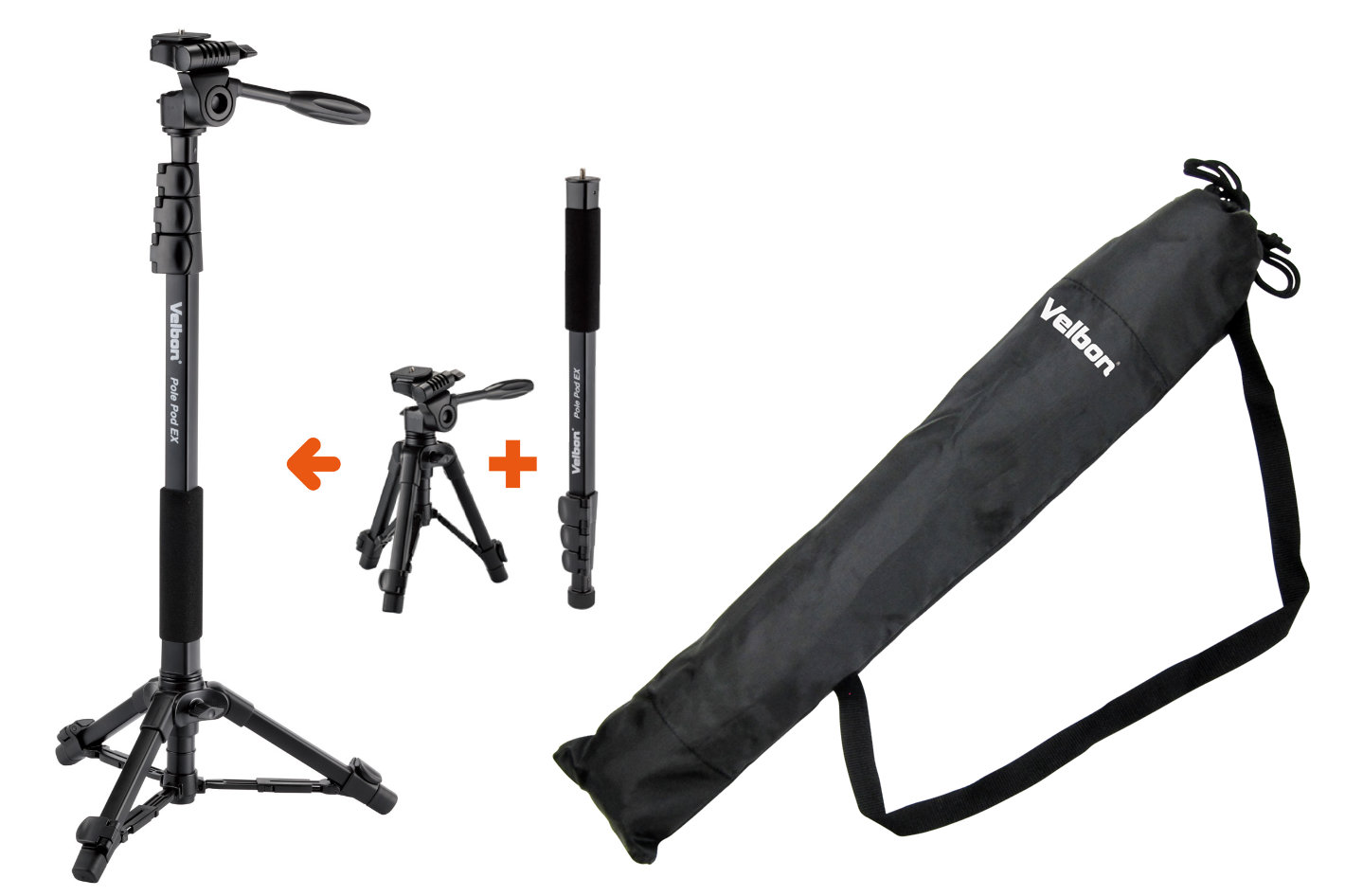I’m at all times amazed that there isn’t extra open dialogue between editors and sound mixers (or DPs for that matter). A lot of the communication is completed throughout a gig, when stress can run excessive & most individuals are afraid to ask too many questions.
However not too long ago I noticed a put up on the Blue Collar Put up Collective Fb discussion board by Sound Editor Andrew Macht of Minneapolis primarily based Macht Sound sharing his extraordinarily detailed 22 web page pdf doc on easy methods to turnover from Adobe Premiere Professional to Avid Professional Instruments.
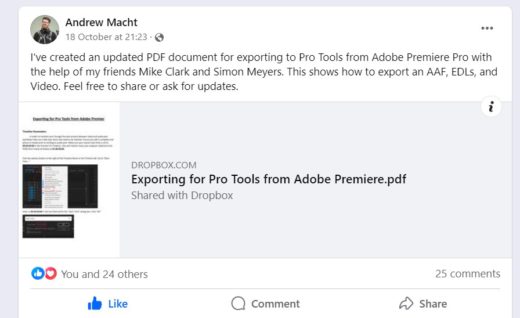
I ought to level out proper firstly that almost all sound studios can have their very own turnover doc that you need to request and observe to the letter as not everybody has precisely the identical necessities. For instance some will desire the older OMF format over AAF, some may permit trimmed clips with handles whereas others would require full clips, and so forth.
Backside line: don’t attempt to be intelligent, ask for the turnover doc and observe it
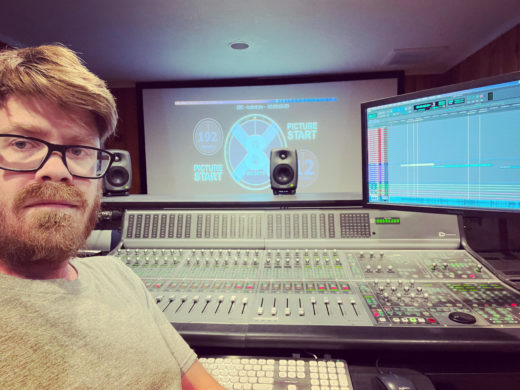
Nonetheless, it’s superb to have this type of doc out there and it’s typical of what mixers ask for. So I’m not going to undergo a full turnover information on this article, nor am I stepping into the varied metadata necessities for various put up workflows past some fundamentals. Apart from Andrew’s doc I’ll additionally level you to this web page from Michael Kammes for some extra ideas, in addition to some hyperlinks on the backside.
Right here I’m investigating one explicit a part of the puzzle – precisely what acquire and quantity info will get via from Premiere to Professional Instruments and the way that impacts the Audio put up crew – assuming they’re on Professional Instruments which most are. Andrew and I spent a few hours testing as many choices as we might & reached some attention-grabbing conclusions.
Acquire vs Quantity – they each make one thing louder proper?
What’s the distinction between acquire and quantity?
With out desirous to do a whole historical past of the analog days or go on about acquire staging which is written about in depth, I see three key sensible variations:
- In Premiere, Clip Acquire can’t be keyframed, however quantity can (although you possibly can lower clips up as a lot as you need)
- Acquire comes earlier than results, quantity after
- Quantity may be linked to the faders on a management board
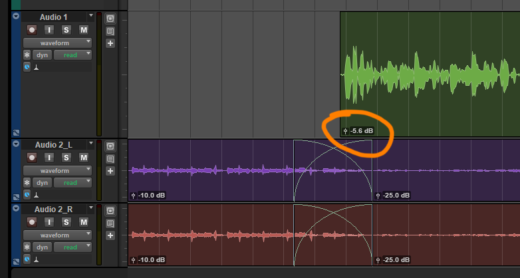
Acquire is an effective way to get your ranges into the appropriate ballpark & most plugins work higher whenever you’ve finished that. Quantity can then used to do the nice tuning and the automation (like dipping music beneath dialogue). And as Andrew defined to me, if he’s working as a pure Dialogue Editor, the Mixing Engineer that comes after him will need him to work with acquire alone and go away quantity for them to make use of.
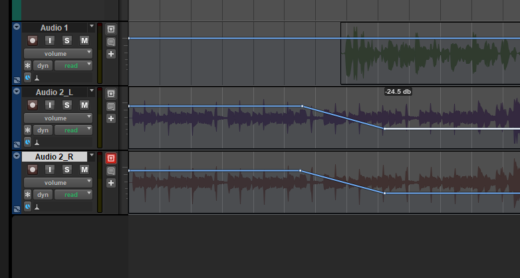
Andrew demo’d to me his faders transferring routinely with the Professional Instruments keyframes and vice versa, creating the keyframes by transferring the faders – very cool!
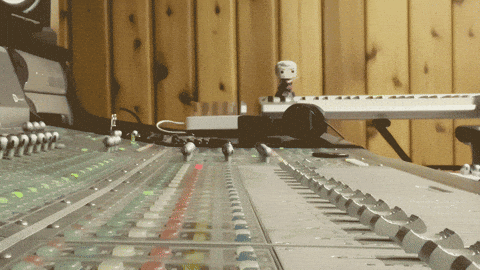
Audio in Premiere Professional
Clip acquire and quantity automation works principally the identical inside Premiere and most DAWs & NLEs for that matter.
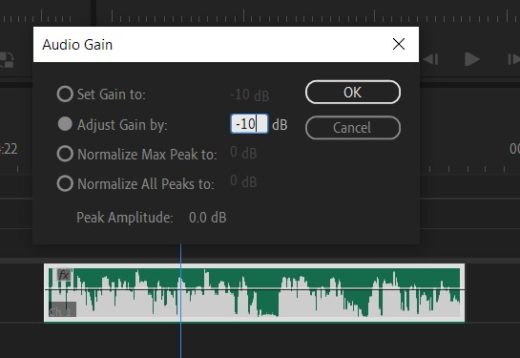

One massive distinction is that quantity may be eliminated with the “take away attributes” command, whereas acquire can solely be eliminated by utilizing the Audio Acquire command and setting acquire to zero.
However my foremost query is what interprets to Professional Instruments through the AAF or OMF? And for those who’re not acquainted, these two file codecs are the primary means editors ship off their audio to be combined.
OMF
OMF, or OMFI for those who’re old skool, is the older format however nonetheless utilized by many. It has some limitations – like being restricted to 2GB for those who selected to embed the audio – however maybe has extra compatibility.
It helps clip quantity automation however can not ship Clip Acquire from Premiere to Professional Instruments. Setting Clip Acquire comes via as quantity.
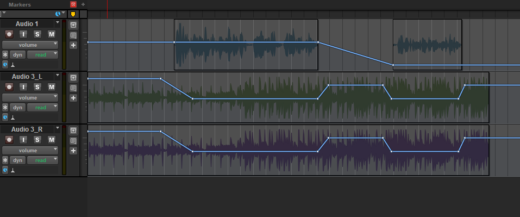
However for those who use each Clip Acquire and quantity on a clip, it will get added collectively, so long as there are not any keyframes. As soon as there are keyframes, I discovered that they not got here via appropriately. So if delivering in OMF, I’d advise not combining acquire and quantity on the identical clip.
AAF
The newer AAF format can carry far more knowledge throughout & doesn’t have that pesky file measurement restrict. And it may possibly ship via each Clip Acquire and Quantity Automation individually.

However apparently, Clip Acquire doesn’t at all times come via. That is the rule in line with my checks:
Clip acquire can come via, however provided that there are not any quantity keyframes current on the clip in Premiere. As quickly as there’s even a single keyframe, then the clip acquire acts as a quantity offset – in different phrases it’s added to the worth of the keyframe.
So for instance, on this music observe I’ve the primary keyframe at +7dB and the acquire is about on the clip at -10dB. The ensuing keyframe that comes via on the AAF is -3db.


And a single keyframe is sufficient to set off this, for instance right here, I’ve utilized -30dB acquire to each clips, however the music clip (on observe 2) has a single keyframe added which hasn’t even been moved.
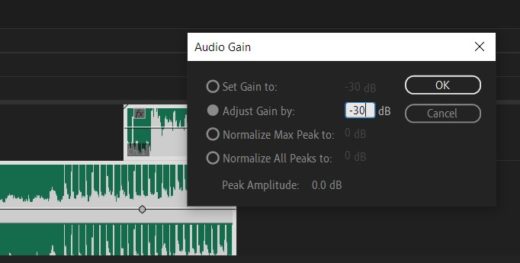
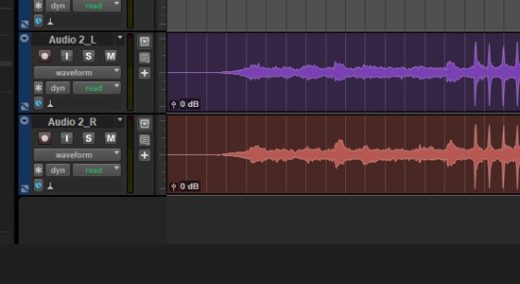
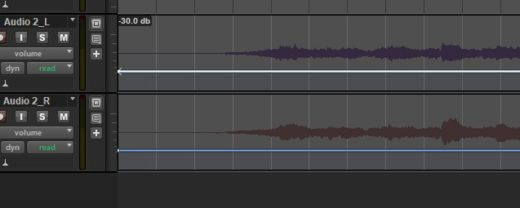
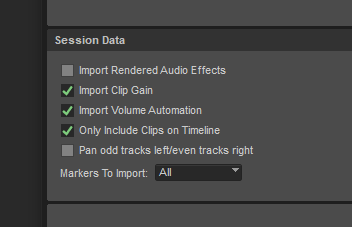
Keep away from Premiere’s Monitor Quantity Automation
It’s a bit hidden by default, however in Premiere you may as well add quantity keyframes to the observe versus the clip.

This doesn’t come via in both OMF or AAF, so must be prevented by any editor who’s sending their combine off to another person.
Dips or Cuts?
One thing you do see debated a good bit, is whether or not it’s higher for editors to dip their music with cuts and dissolves or by use of quantity keyframes. I haven’t seen a consensus on this and Andrew mentioned for him both is okay. When you’ve got a powerful feeling on it, let me know!
Each OMF and AAF will deliver via crossfades, so in idea each methods are nice.

Besides that when mixed with quantity (AAF) or both acquire or quantity (OMF), the quantity comes via keyframed and for those who change the crossfade, it doesn’t change the quantity automation – they don’t seem to be linked. In order that doesn’t really feel ideally suited to me.
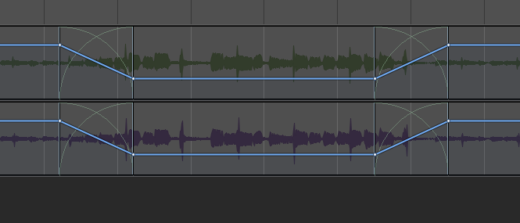
Metadata
I mentioned I wouldn’t get into metadata because it’s such an enormous topic, however let me cowl a couple of key factors right here. Metadata is essential to the audio crew. It’s essential that it’s entered appropriately by the manufacturing sound mixer on the shoot & it’s essential it will get appropriately translated via to the turnover recordsdata the editor sends via. As Andrew confirmed me, with metadata intact, it hastens your workflow immensely, for instance switching rapidly between microphones from the identical take.
AAF and OMF are completely different right here. AAF preserves observe/channel names (these which can be entered on set, not the observe names of your edit), the place OMF preserves filenames.
EDL
I’ll additionally point out EDLs as a result of they’re typically requested too. They’re very helpful, each for monitoring any modifications (if the locked lower turns into unlocked), but additionally for feeding into some actually nice bits of software program that the sound dept can use like EdiLoad or Conformalizer/Matchbox.
Conclusion
The underside line for editors is to belief the audio division and do what they ask! We’re on the identical crew and there’s typically pointless strife when editors suppose they know higher.
Audio editors are completely different and a few will begin from scratch with mixing selections, others will tweak the editor’s temp combine, others will maintain it as a reference. Both means it’s helpful for acquire and quantity selections to return via the place doable & hopefully this deep dive is helpful so that you can resolve what you need to do.
Personally, I’ll proceed to make use of Clip Acquire to deliver ranges to the appropriate ballpark after which use quantity automation to dip music or do any nice tuning. But when suppose in a different way, do let me know.
Different helpful hyperlinks
https://helpx.adobe.com/africa/premiere-pro/utilizing/export-aaf-files.html
https://helpx.adobe.com/africa/premiere-pro/utilizing/exporting-omf-files-pro-tools.html
https://2pop.calarts.edu/technicalsupport/premiere-to-pro-tools/
https://www.aatranslator.com.au/




